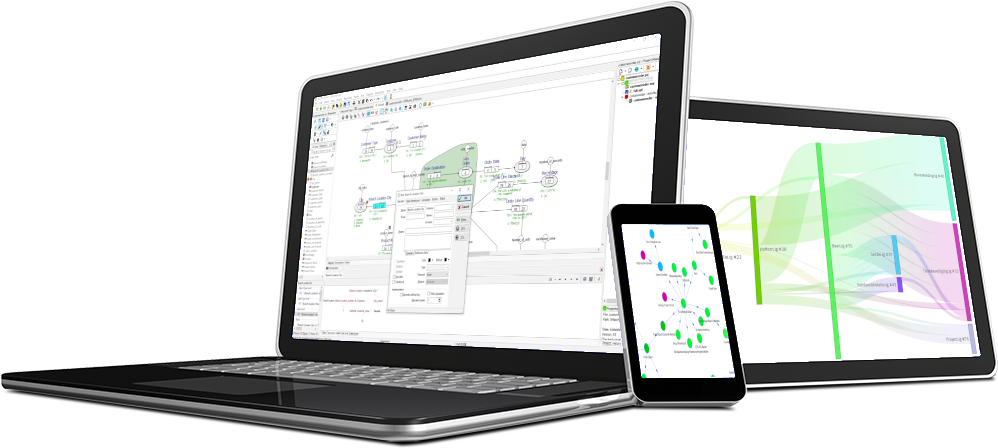Data modeling is often described as a craft, and, once completed, the results may even seem artful. Yet outsiders may seem data modeling as abstract, time consuming, or even unnecessary. In many cases, the modeler interviews business experts; studies large amounts of requirements; talks some more, and then: hocus pocus! The modeler presents an elaborate diagram, and so begins the slow process of maintaining the diagram. The modeler makes sure that the diagrams stay up-to-date and explain what the diagrams hold. Sometimes, through this complex process, even data modelers get lost while maintaining a growing set of data models and requirements.
Fact-based information modeling is the very opposite of abstract. Using natural language that expresses facts, Fact-based information modeling ensures that information is understood by both business and technical people. It does not require people to understand the modeler’s magical language of boxes and arrows. Although models can be presented in several diagramming notations, they can be validated in natural language at all times. This gives data modelers, technically skilled people, and business people the benefit of having a well-documented and grounded data model. Therefore, the method of Fact Oriented Modeling is also known as “Data Modeling by Example.”



